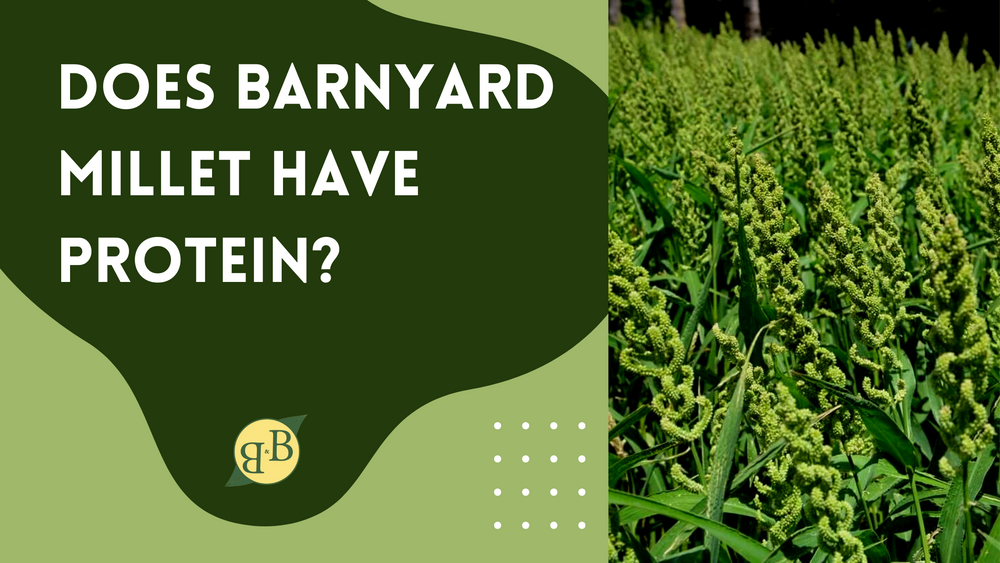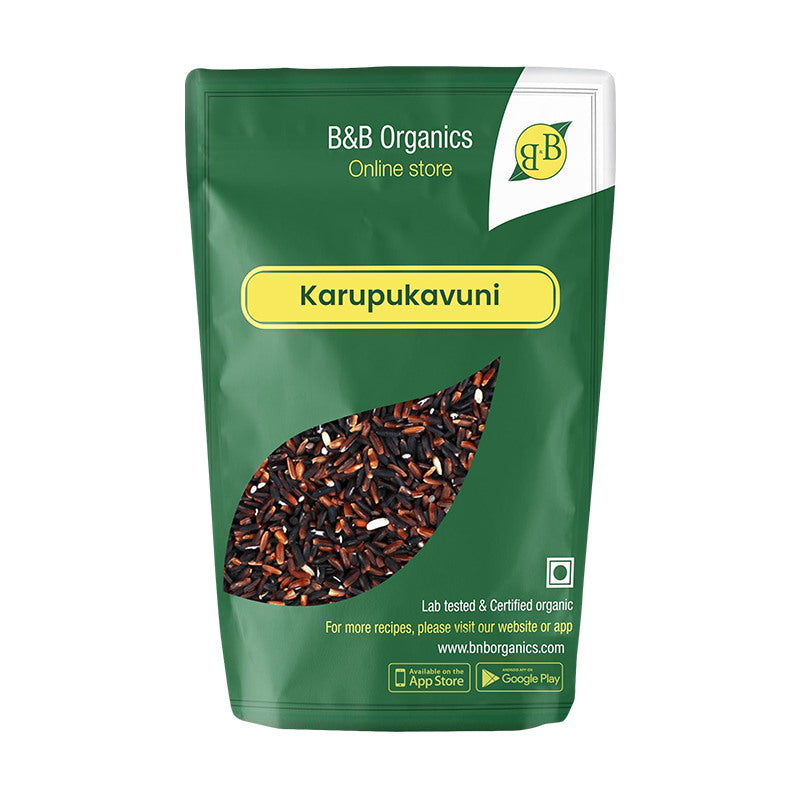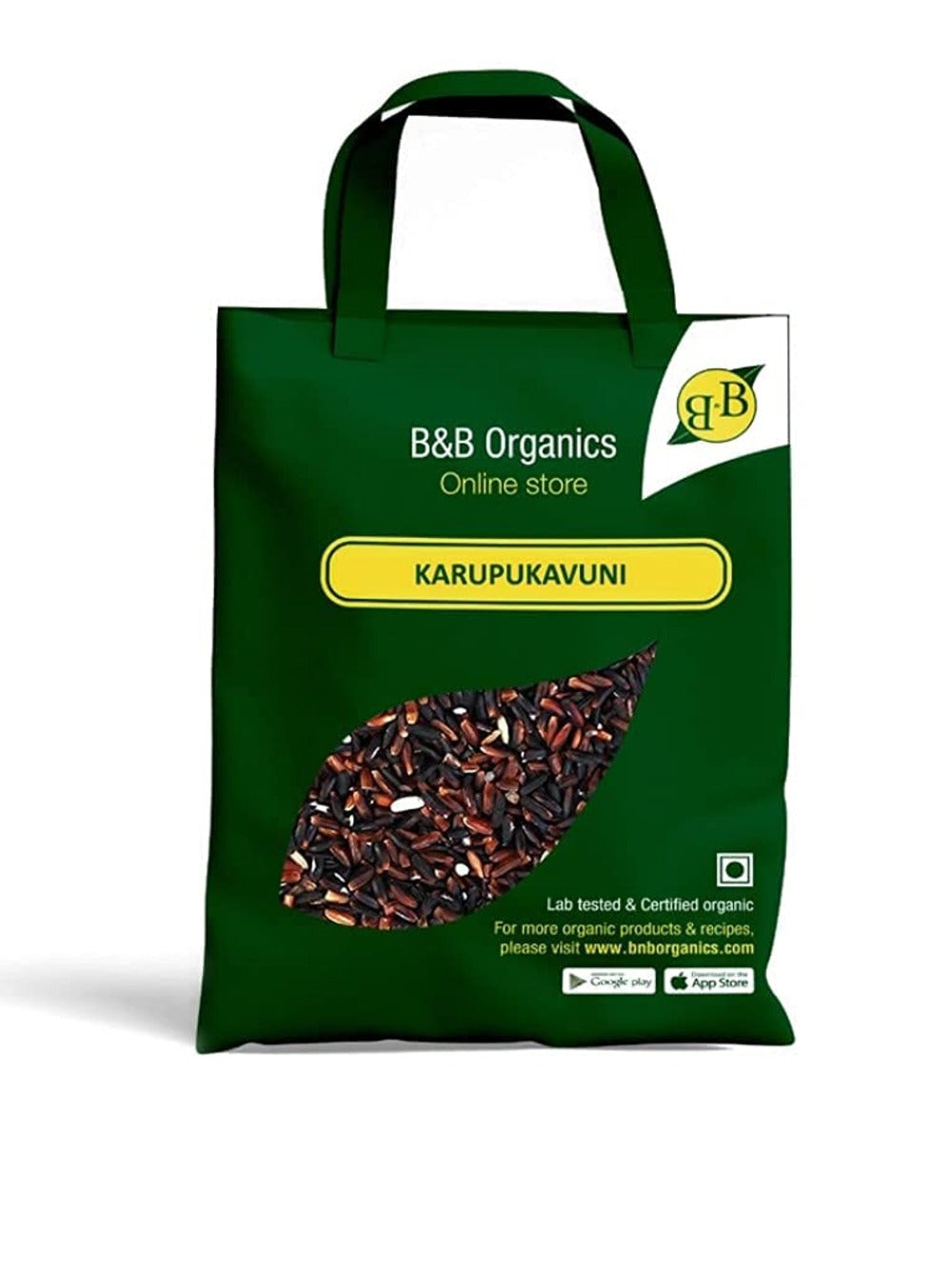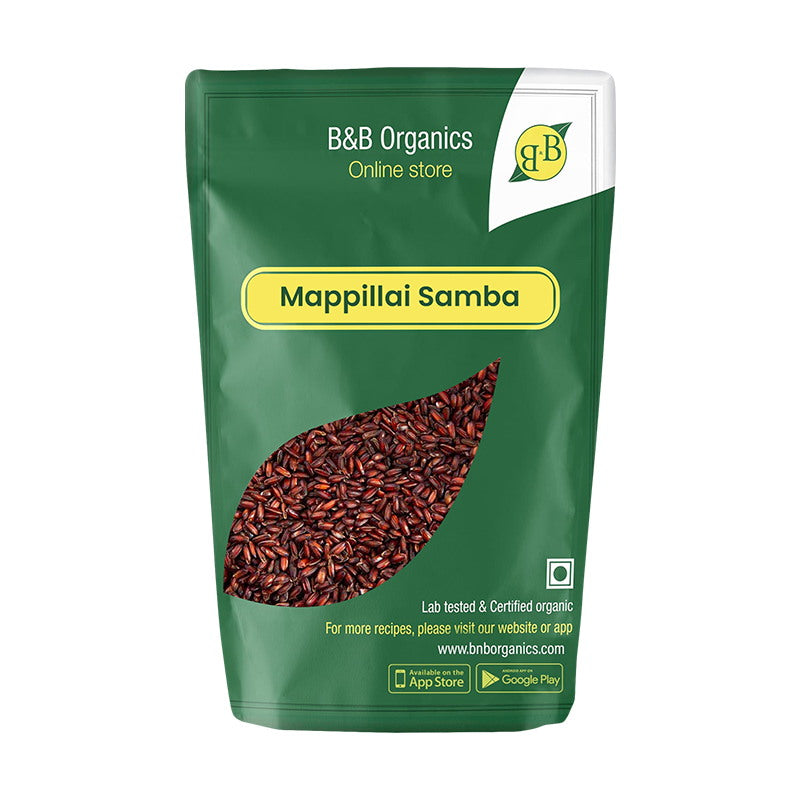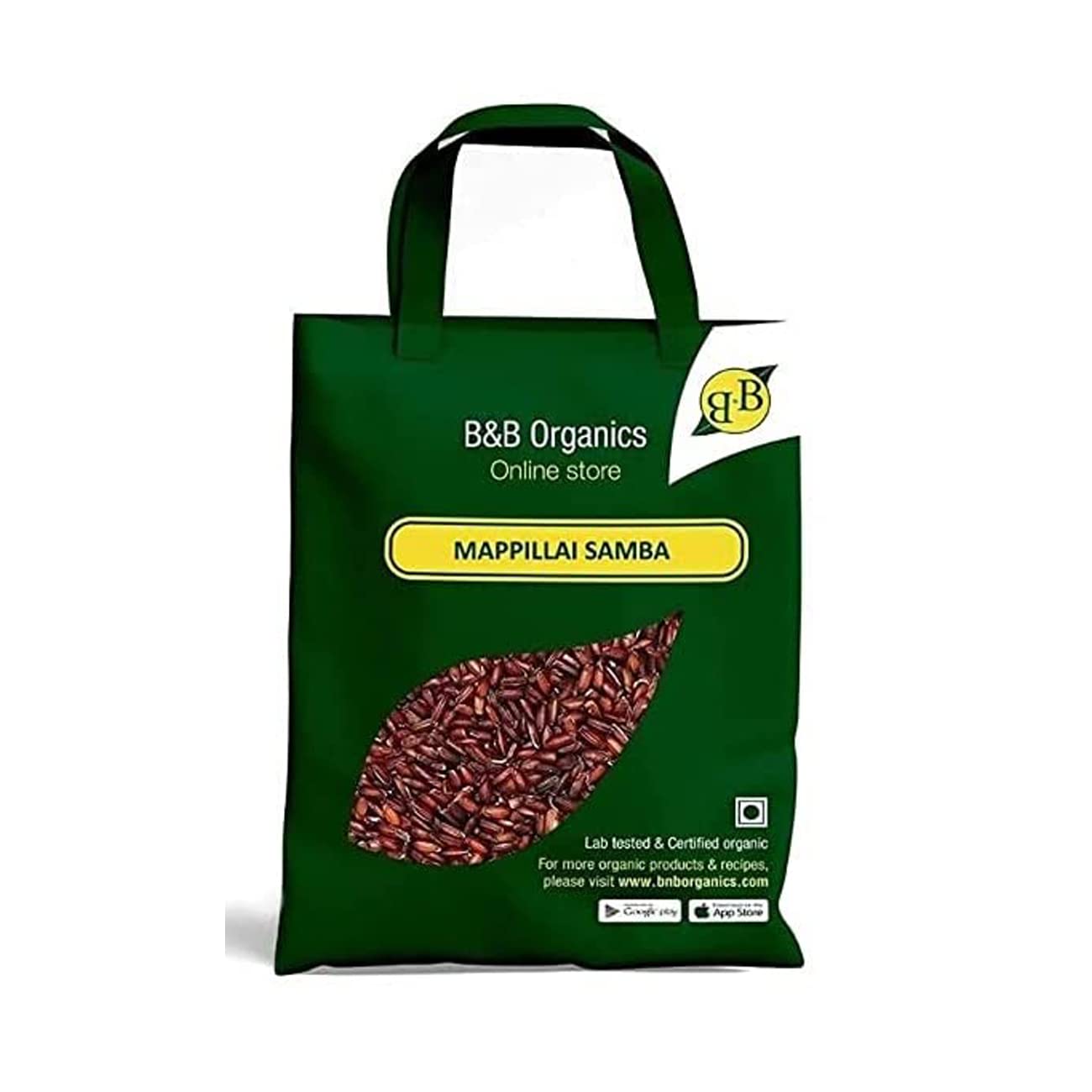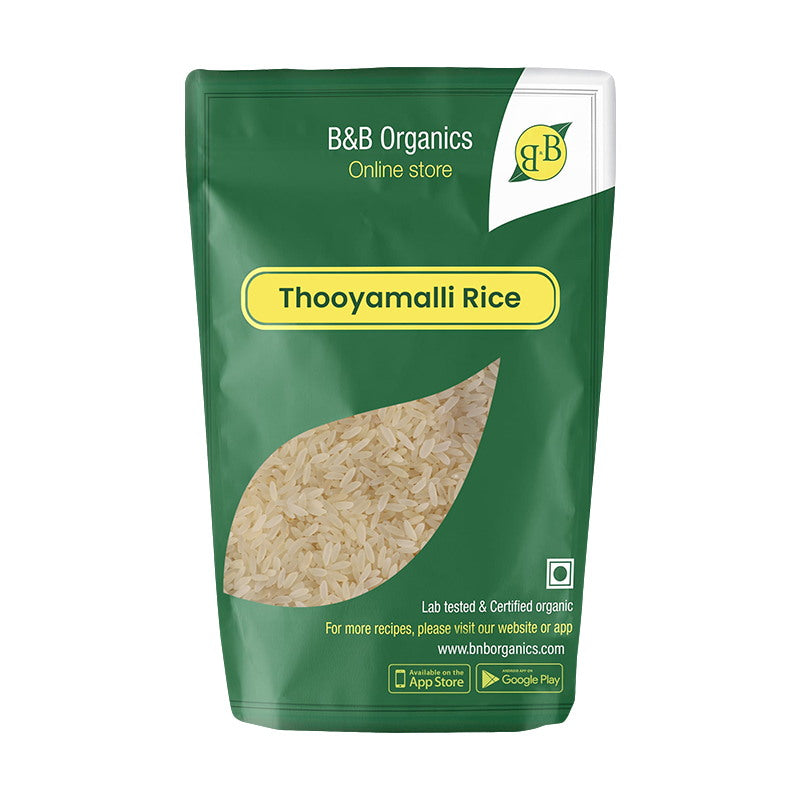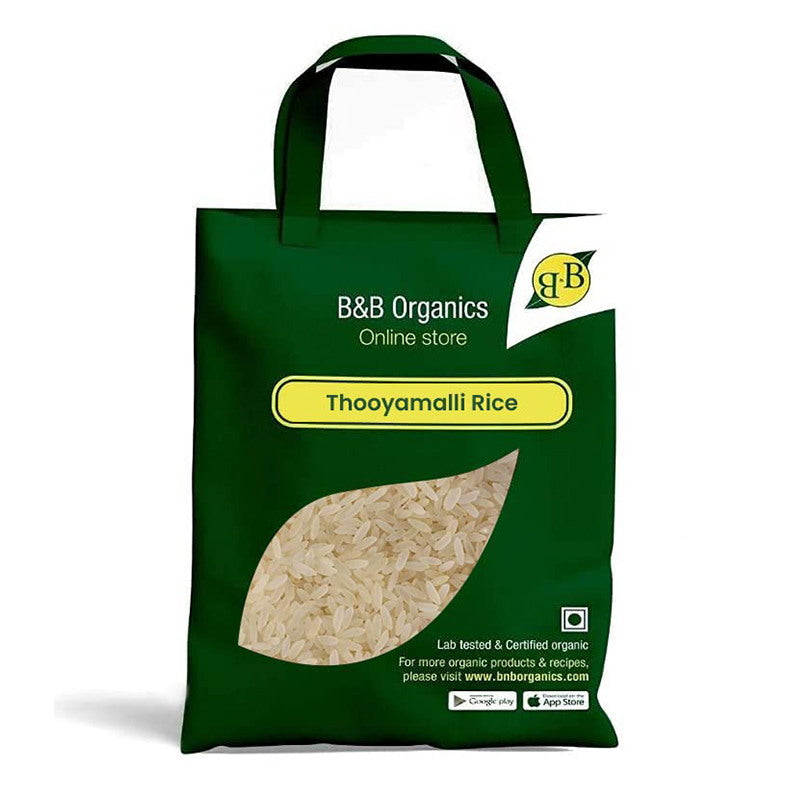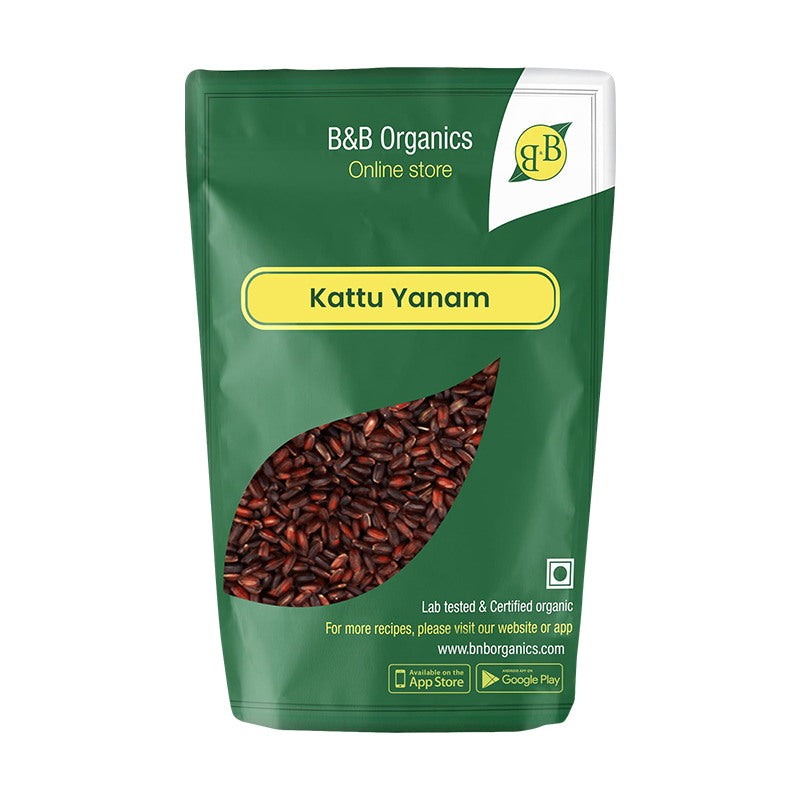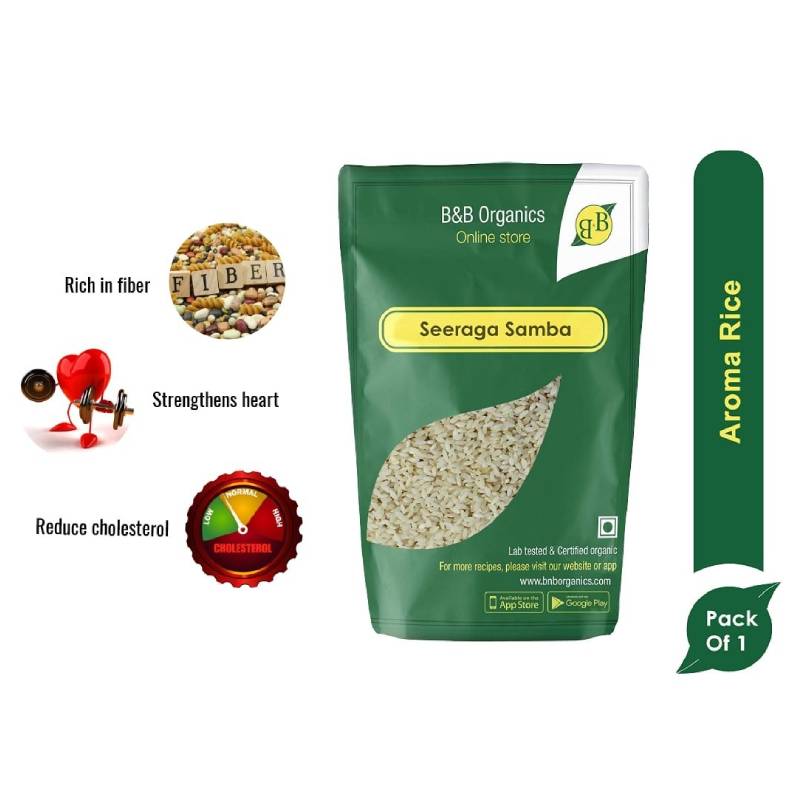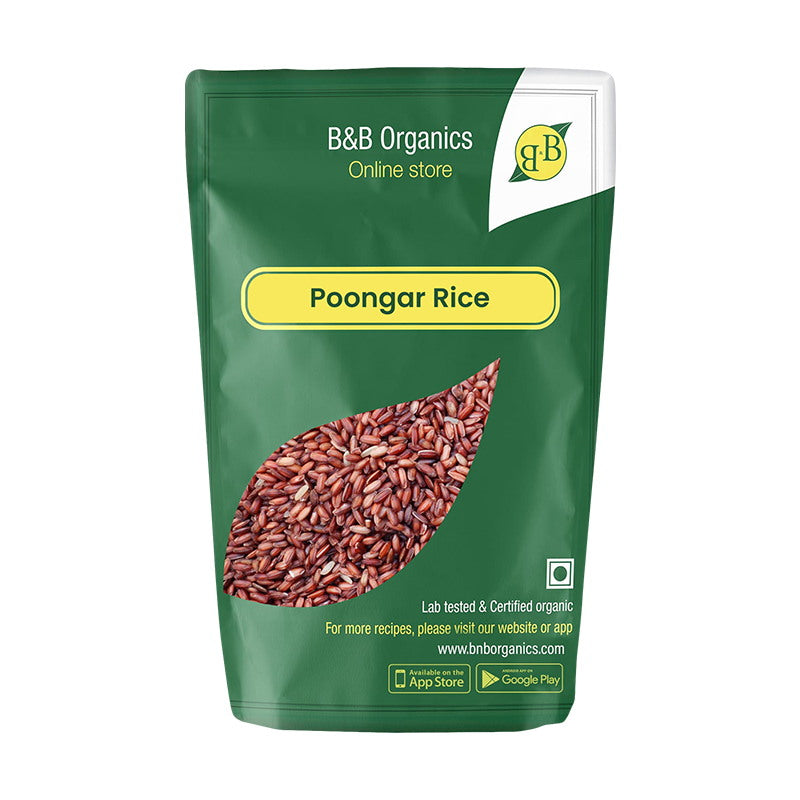Barnyard millet, also recognized as Oadalu, Ooda, Sanwa, Sawan, and Sanwank, is among the toughest millets. Barnyard millet is clearly significant in

terms of nutritional value. It is a rich source of dietary fiber with good amounts of both soluble and insoluble extracts and a reasonable origin of extremely digestible protein. The reduced and gradually palatable carbohydrate content of barnyard millet tends to make it an organic designer food. Barnyard millet has the possibility to be an ideal food offering the increase in diabetes mellitus in the world today.
Despite the fact that barnyard millet, like all other minor millet, is highly nutritious to cereal grains, its usage is restricted. Furthermore, the barnyard is a fast-growing versatile crop that yields food as well as forage in a short amount of time and with reduced inputs, in even adverse weather conditions. When likened to the starchy foods of Kodo, Proso, Foxtail, and Little millets, barnyard millet's starch demonstrated the lowest concentrations of blood sugar, cholesterol level, and triglyceride levels. The effect of barnyard millet on its nutritional content and potential health advantages between diabetic and healthy volunteers should be assessed. The nutritional profile, glycemic index, and health benefits of barnyard millet in type II diabetics are thus explored in research.
Does Barnyard Millet Have Protein?
In the world of healthy eating and nutrition, people are always on the lookout for new and innovative ways to incorporate nutritious foods into their diets. One such food that has gained popularity in recent years is barnyard millet. But what exactly is barnyard millet, and does it have protein? Let's dive in and explore the nutritional value of barnyard millet.
What is Barnyard Millet?
Barnyard millet, also known by various names such as Oadalu, Ooda, Sanwa, Sawan, and Sanwank, is one of the toughest millets out there. It is a small, gluten-free grain that belongs to the millet family. Barnyard millet has a slightly nutty flavor and a soft, fluffy texture when cooked. It is commonly used in Indian cuisine to make porridge, upma, pulao, and other dishes.
Nutritional Value of Barnyard Millet
Barnyard millet is packed with essential nutrients that make it a healthy addition to your diet. Here are some key nutritional components of barnyard millet:
1. Dietary Fiber
Barnyard millet is a rich source of dietary fiber. It contains both soluble and insoluble fiber, which aids in digestion and promotes a healthy digestive system. Including barnyard millet in your meals can help regulate bowel movements and prevent constipation.
2. Protein
Yes, barnyard millet does contain protein! It is considered a reasonable source of highly digestible protein. Protein is essential for building and repairing tissues, as well as for the production of enzymes and hormones in the body. Including barnyard millet in your diet can contribute to meeting your daily protein requirements.
3. Carbohydrates
While barnyard millet is not as high in carbohydrates as other grains, it still provides a good amount of energy. The carbohydrates in barnyard millet are slowly digested, which helps in maintaining stable blood sugar levels and providing sustained energy throughout the day.
4. Vitamins and Minerals
Barnyard millet is a good source of vitamins and minerals. It contains iron, calcium, magnesium, phosphorus, and potassium, which are essential for maintaining healthy bones, muscles, and overall bodily functions. It also provides B vitamins, including niacin, thiamine, and riboflavin.
Health Benefits of Barnyard Millet
In addition to its nutritional value, barnyard millet offers several health benefits. Here are some of them:
1. Diabetes Management
Barnyard millet has a low glycemic index, which means it causes a slower and more gradual rise in blood sugar levels compared to other starchy foods. This makes it a suitable option for individuals with diabetes or those looking to manage their blood sugar levels.
2. Weight Management
Due to its high fiber content and slower digestion, barnyard millet can help promote feelings of fullness and prevent overeating. Including barnyard millet in your meals can be beneficial for weight management and maintaining a healthy weight.
3. Heart Health
The soluble fiber present in barnyard millet can help reduce cholesterol levels in the body. This, in turn, can contribute to maintaining heart health and reducing the risk of cardiovascular diseases.
4. Digestive Health
The dietary fiber in barnyard millet supports a healthy digestive system by aiding in smooth bowel movements and preventing constipation. It also promotes the growth of beneficial gut bacteria, which is important for overall gut health.
How to Incorporate Barnyard Millet into Your Diet
Now that we know about the nutritional value and health benefits of barnyard millet, let's explore some ways to incorporate it into your diet:
-
Porridge: Cook barnyard millet with milk or water to make a nutritious and filling breakfast porridge. Add fruits, nuts, and a drizzle of honey for added flavor.
-
Upma: Prepare a delicious and wholesome upma by sautéing barnyard millet with vegetables, spices, and herbs. It makes for a satisfying and nutritious meal.
-
Pulao: Use barnyard millet as a substitute for rice in your favorite pulao recipe. It adds a unique flavor and texture to the dish.
-
Salads: Add cooked and cooled barnyard millet to your salads for an extra dose of nutrition and a satisfying crunch.
-
Desserts: Get creative and use barnyard millet in desserts like puddings, kheer, or even as a base for a healthy fruit crumble.
Conclusion:
Including barnyard millet in your diet can bring variety and nutritional benefits to your meals. Experiment with different recipes and enjoy the goodness of this versatile grain.


